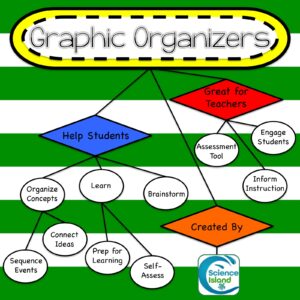

Rough days are challenging for everyone, but if you’re a teacher you know it’s a whole different thing. Sometimes you need an emergency lesson so a rough day doesn’t become a FREE day for students! My last post HERE offered three lesson suggestions that required absolutely NO PREP. No printing, no copying, nada.
In this post, I will offer three new ideas that will require just a bit of advance planning but are completely worth adding to your repertoire. Whether you just need a day to sit in the back of the room and grade projects, or you’ve had to call in a sub, I hope these low-prep emergency lessons will make your rough days a little easier.

Investing a little time now in preparing these low-prep emergency lessons will be SO worth it when a rough day comes along. And, you know it will! Because this is life, and you’re human, and stuff happens.
I really hope these ideas make your teacher life a little easier. A rough day doesn’t have to be a FREE day for your students! Do you have an emergency lesson that you rely on? Share it with other teachers in the comments.
Happy Teaching!

Sign Up for the Science Island Newsletter and Free Resource Library.
Then check your email to confirm your subscription.